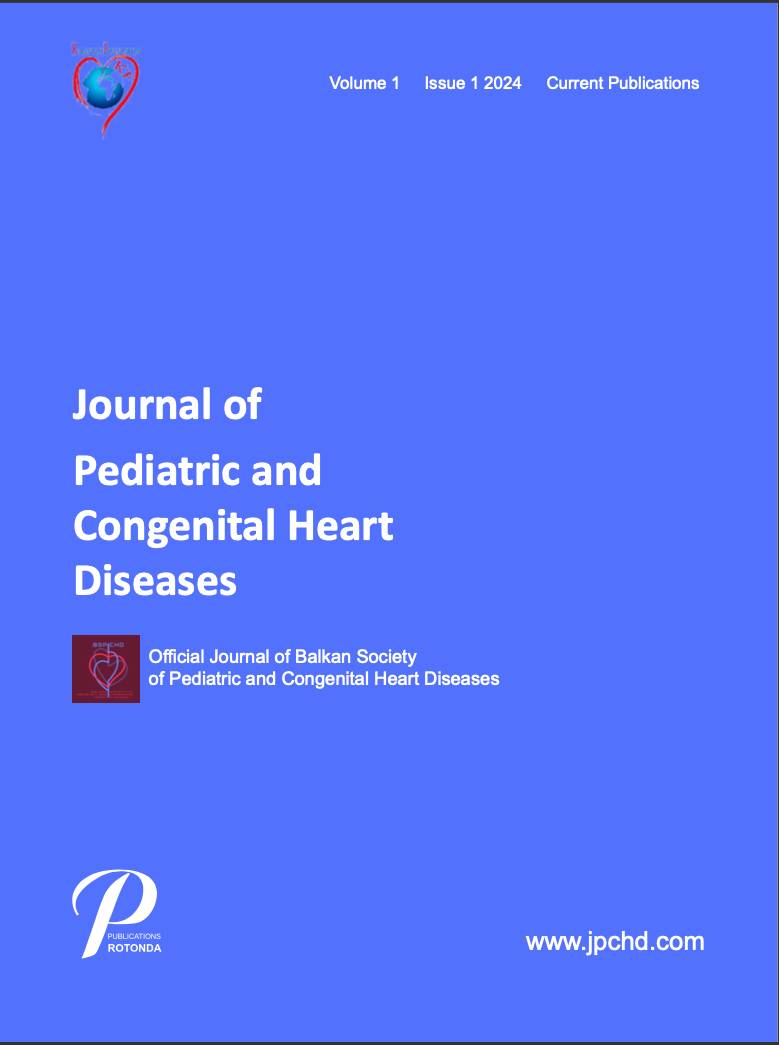Our experience in the treatment of a patient with ectopia cordis
Abstract
Ectopia cordis (EC) is a rare congenital anomaly when part or entire heart is located outside the. thoracic cavity. It may occur isolated or as part of multiple defects. A male term neonate was transported to our Neonatal Intensive Care Unit (NICU) immediately after vaginal delivery. A significant defect was noted on the anterior thoracic wall with an ectopia cordis (EC). EC was immediately protected with sterile gauze, sterile saline solution and surgical sterile bags. The newborn was treated with antibiotics, radiological exams were performed, followed by four stage surgically treatment which including ligation of PDA, reconstruction of the thoracic wall, mediastinal antimicrobe irrigation, sternum osteosynthesis, and secondary skin graft. Tracheostomy was also necessary.
The surgical wound healed without complications. The newborn is now 4 months old, breathing through a tracheostomy tube. The baby is fed via NG tube, and progress in body weight is satisfactory. Echocardiogram follow-ups show satisfactory results. The neonate is on diuretics and beta-blockers and is being monitored by a multidisciplinary team. Prenatal diagnosis is crucial for the initial management of EC. Surgical management is individualized. A multidisciplinary approach is needed for monitoring and treatment due to several postoperative complications.
Article Details
- Section
- Articles

This work is licensed under a Creative Commons Attribution-NonCommercial-ShareAlike 4.0 International License.
This work is licensed under a [Creative Commons Attribution-NonCommercial-ShareAlike 4.0 International License|https://creativecommons.org/licenses/by-nc-sa/4.0/]. Authors who publish with this journal agree to the following terms: # Authors retain copyright and grant the journal right of first publication with the work simultaneously licensed under a CC-BY-NC-SA that allows others to share the work with an acknowledgement of the work's authorship and initial publication in this journal. # Authors are able to enter into separate, additional contractual arrangements for the non-exclusive distribution of the journal's published version of the work (e.g. post it to an institutional repository or publish it in a book), with an acknowledgement of its initial publication in this journal. # Authors are permitted and encouraged to post their work online (preferably in institutional repositories or on their website) prior to and during the submission process, as it can lead to productive exchanges, as well as earlier and greater citation of published work (See [The Effect of Open Access|http://opcit.eprints.org/oacitation-biblio.html]).






